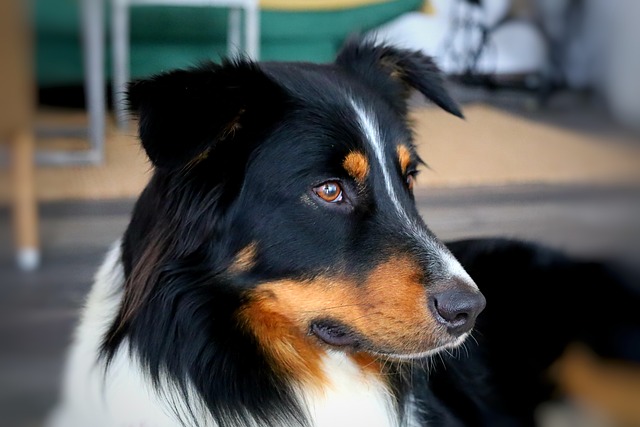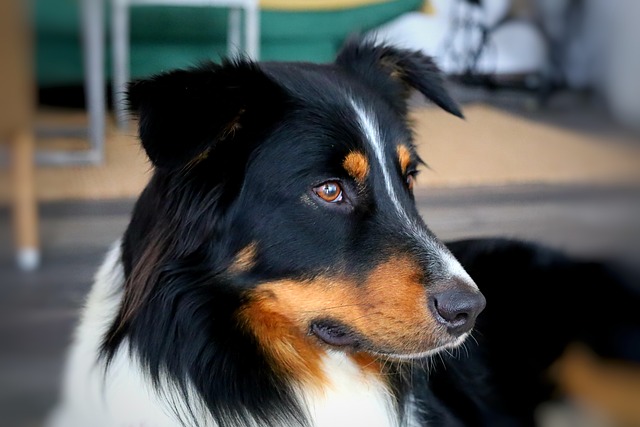
Are paw protectors good for dogs
Imagine you’re in a snowy Boston afternoon, lacing up your boots while your 10-month-old Golden Retriever, Leo, wags his tail by the door.
Watching your dog gobble up treats or nuzzle your hand with that slobbery smile makes it easy to overlook what’s happening in their mouth. But those wagging tails don’t tell you if plaque is building up or gums are inflamed. The question of whether you can handle dog dental cleaning at home isn’t just about convenience—it’s a balancing act between care and caution.
Let’s be real: professional dental cleanings at the vet come with anesthesia risks and a hefty bill. That’s why many pet parents reach for toothbrushes and wipes, hoping to keep Fido’s chompers in check. You can absolutely start basic dental care at home. Daily brushing with dog-specific toothpaste (never human toothpaste, as xylitol is toxic to dogs) can remove plaque before it hardens into tartar. Finger brushes or soft-bristled toothbrushes designed for pets make the process less intimidating for both you and your furry friend.
But here’s where the line gets blurry. Scraping off stubborn tartar or treating advanced gum disease? That’s a no-go without a veterinary license. In most regions, it’s illegal for non-professionals to perform invasive dental procedures on animals. Even if you’ve watched a dozen YouTube tutorials, those tools are meant for trained hands. Attempting to dig out stuck food or remove calculus can cause bleeding, fractures, or nerve damage—turning a simple DIY project into a costly emergency.
 Understanding your local animal welfare laws is crucial. Many communities have strict regulations about who can perform medical procedures on pets. While at-home preventive care like brushing, dental chews, and water additives are encouraged, crossing into diagnostic or treatment territory puts you at legal risk. Plus, untreated dental issues can quickly escalate, leading to systemic infections that affect your dog’s heart, kidneys, and liver.
Understanding your local animal welfare laws is crucial. Many communities have strict regulations about who can perform medical procedures on pets. While at-home preventive care like brushing, dental chews, and water additives are encouraged, crossing into diagnostic or treatment territory puts you at legal risk. Plus, untreated dental issues can quickly escalate, leading to systemic infections that affect your dog’s heart, kidneys, and liver.
If your dog’s breath could clear a room or you notice discolored teeth, red gums, or excessive drooling, it’s time to call the pros. Vets use specialized equipment and anesthesia to safely clean below the gum line, where bacteria hide. They’ll also check for oral tumors, loose teeth, or signs of underlying health problems you might miss. Remember, what seems like a “minor” issue at home could be a symptom of something serious.
That said, don’t ditch your at-home routine. Think of it as the foundation of your dog’s dental health. Start slowly if your dog isn’t used to having their mouth touched—offer treats, gentle praise, and short sessions. There are plenty of pet-safe products on the market, but always check labels for safety certifications.
In the end, home dental care is about prevention, not substitution. By staying vigilant and knowing when to seek professional help, you’re not just saving money—you’re giving your dog a pain-free life and more years of those heart-melting smiles. Because let’s face it: nothing beats the joy of a healthy, happy pup giving you a slobbery kiss.

Imagine you’re in a snowy Boston afternoon, lacing up your boots while your 10-month-old Golden Retriever, Leo, wags his tail by the door.

Imagine you’re in your New York City apartment, tossing your 18-month-old Lab mix their favorite rubber chew toy—they usually pounce on it

Akitas are striking dogs, but living with one comes with unique challenges that many first-time owners underestimate. Their independent streak runs deep—this isn’t a breed that craves constant attention or blindly follows commands.

Imagine you’re in your Seattle apartment, handing your 2-year-old Shih Tzu their favorite hard dental chew—they usually grab it and run to their bed, but today they sniff it

Imagine you’re in your New York City apartment, trying to give your 18-month-old Boston Terrier a belly rub—they usually lean into it, but today they pull away

Imagine you’re in your Brooklyn apartment kitchen, stirring a pot of cooked chicken and rice for your 6-month-old Corgi pup.